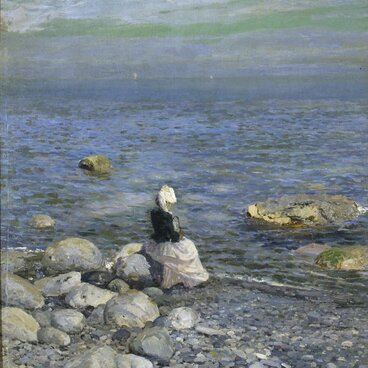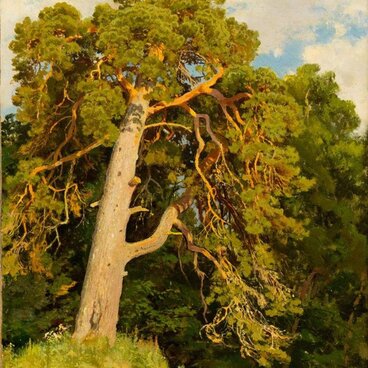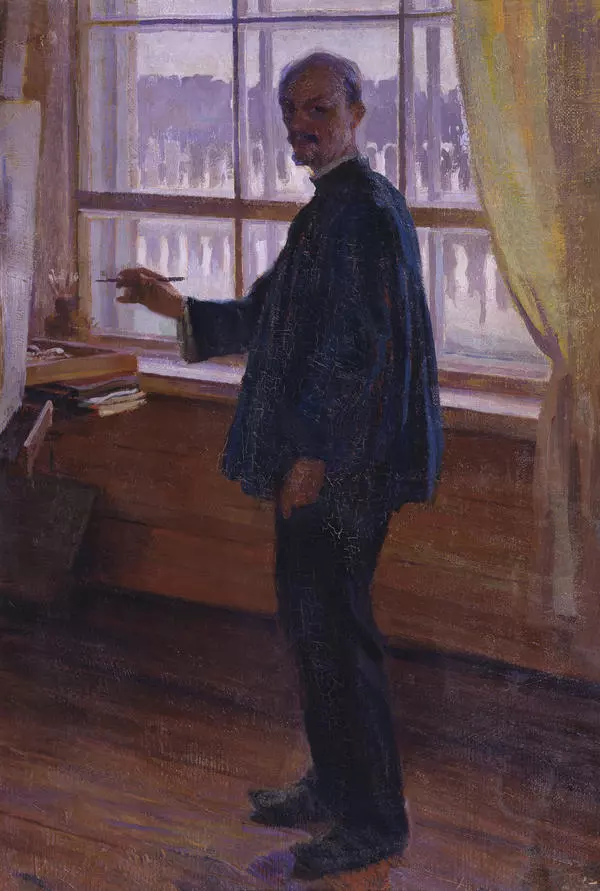The Sevastopol Museum holds one of the most popular pre-revolutionary works by Nikolay Alekseyevich Kasatkin — “In the Gallery of a District Court”.
The painting explores the plight of the Russian peasant, as well as social and legal inequality. There is no excessive sentimentality in this painting; the man is not shown as someone broken or crushed. It is probably about the realization of a sense of dignity, about an emerging protest. Once displayed at the 25th anniversary traveling exhibition, this work was immediately in the center of attention of viewers and the press. In most reviews, the painting was analyzed or mentioned as one of the key works of the exhibition. This very painting by Kasatkin was included in an album dedicated to the 25th anniversary of the Society’s activities and was later often reproduced in monographs on the history of art and in social and political publications as an illustration of peasant life.
Subsequently, the painting was acquired by the famous Moscow collector Kozma Terentyevich Soldatyonkov. From his collection, it traveled to the World Exhibition in Paris where it was awarded a silver medal. Later, in accordance with the patron’s will, the painting was donated to the Moscow Public Museum and to the Rumyantsev Museum, and after those were closed, it ended up in Sevastopol. In Riga, the Museum of Latvian and Russian Art keeps the artist’s replica of this work from the same year. It is interesting that in the catalog of his personal exhibition in 1929, Kasatkin gave this painting the subtitle “Persecution for the Faith”. That was probably due to a change in the artist’s views.
Nikolay Kasatkin (1859–1930) was one of the later members of the Society for Traveling Art Exhibitions (“Peredvizhniki”). He studied at the Moscow School of Painting, Sculpture and Architecture, and then taught there. In the early 1890s, he joined the Society and remained faithful to its creative principles until the end. The artist most often painted deep, socially relevant pictures from the life of the lower class, sometimes choosing dramatic subjects, yet without being limited to domestic naturalism. In the history of Russian art, his name is associated with the discovery of the theme of the proletariat, as well as vivid images of workers, coal miners, and weavers.




